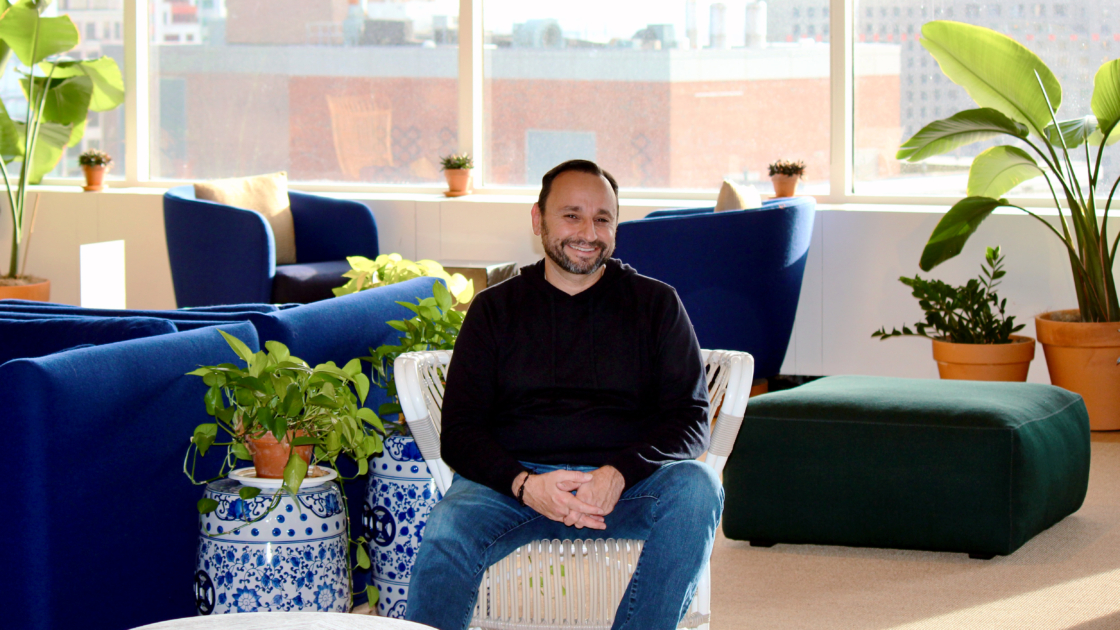When São Paulo business leader Alcione Albanesi decided to start a nonprofit organization back in 1993, little did she know that 25 years later it would be one of the best-known programs in Brazil.
“At the time, we couldn’t have imagined where it would take us,” says Albanesi, who started off her career as head of a successful lamp company.
Today, Amigos do Bem—which translates as “Good Friends”—has 8,600 volunteers working to help 60,000 Brazilians in Sertão, one of the country’s poorest areas. The semi-arid region sits in the northeastern part of the country.
Through volunteering, fundraising, and other efforts, Amigos de Bem serves 118 villages in the remote parts of the states of Alagoas, Pernambuco, and Ceará. Last year, Amigos do Bem received an award from Brazil’s Epoca magazine, which honors the 100 best non-governmental organizations in the country.
Sertão is a visually beautiful and enchanting place that has inspired some of Brazil’s best literature and cinema, but it’s also a region that throughout Brazil’s history has suffered from natural disasters, poverty, and neglect.
While there have been some serious improvements in recent years, including much-needed grants provided by the government, problems remain. Jobs are hard to come by, and many residents rely to varying degrees on subsistence agriculture to help them get by.
To make matters worse, two years ago the area suffered its worst drought in history. In 2014, Brazil was removed from the United Nations World Hunger map, but in Sertão, there are many areas where hunger persists.
“It’s a difficult fight,” says Albanesi, a resident of São Paulo. “It’s really complex. Without a humane intervention, it’s a pattern that repeats itself.”
In partnership with leading supermarket chains in Brazil, Amigos do Bem donates 11,000 food baskets each month to poor families in the Sertão region. But while the nonprofit started off with donations of food and clothing, it has expanded to offer housing and medical and dental care.
Today, the organization is focused on self-sustaining projects such as university scholarships that will benefit nearly 200 students. Most of them will be the first in their families to go on to higher education.
“Today, kids and teenagers in the region can dream,” says Albanesi.







